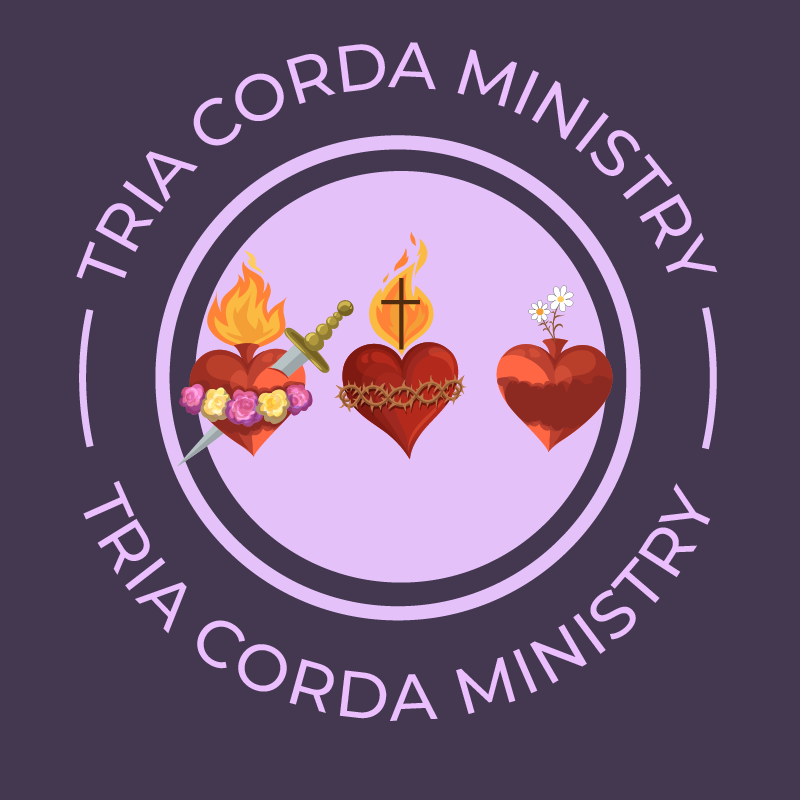Trauma Statistics

This page may contain affiliate links. As an Amazon Associate I earn from qualifying purchases, at no extra cost to you. Thank you for your support of Tria Corda Ministry!
To begin our discussion of the effects of trauma, we should first get an idea of its prevalence.
According to research conducted by WHO, around the world, around 70% of people will experience a potentially traumatic event at some point in their lives (1)
When it comes to the prevalence of specific types of trauma, research has found the following worldwide:
- In a global study, 18.2% of participants had experienced only one potentially traumatic event, 12.7% to two, 9.1% to three, and 30.5% to four or more (2).
- When it came to the prevalence of specific types of trauma:
- Accidents and injuries: 36.3%
- Unexpected death of a loved one: 31.4%
- Witnessing death, a dead body, or someone who was seriously injured: 23.7%.
- Being mugged: 14.5%.
- Life-threatening car accidents: 14%
In the US specifically, adverse childhood experiences, or traumas in childhood, are a huge problem, and you can learn more here. Additionally, in the US, 1 in 3 couples engage in physical violence, 1 in 4 have an alcoholic relative, and 12 million women have been raped (Source: The Body Keeps the Score).
So what does this all mean? It means that in the groups of people we encounter, whether in our parishes, schools, families, or communities, it is more likely that someone has experienced trauma than has not. And they may be affected by that trauma in some serious ways.
Typically, when we think about the effects of trauma, we might think about post-traumatic stress disorder (PTSD). However, it is important to note that only about 5.6% of people will go on to develop PTSD, so the effects of trauma are more widespread than just PTSD (1). We will discuss these effects on the following pages:
